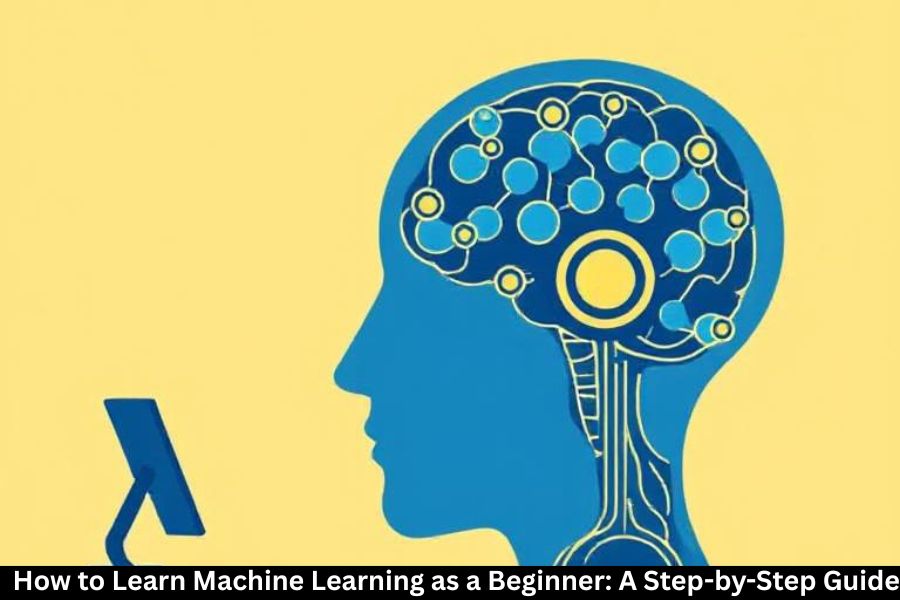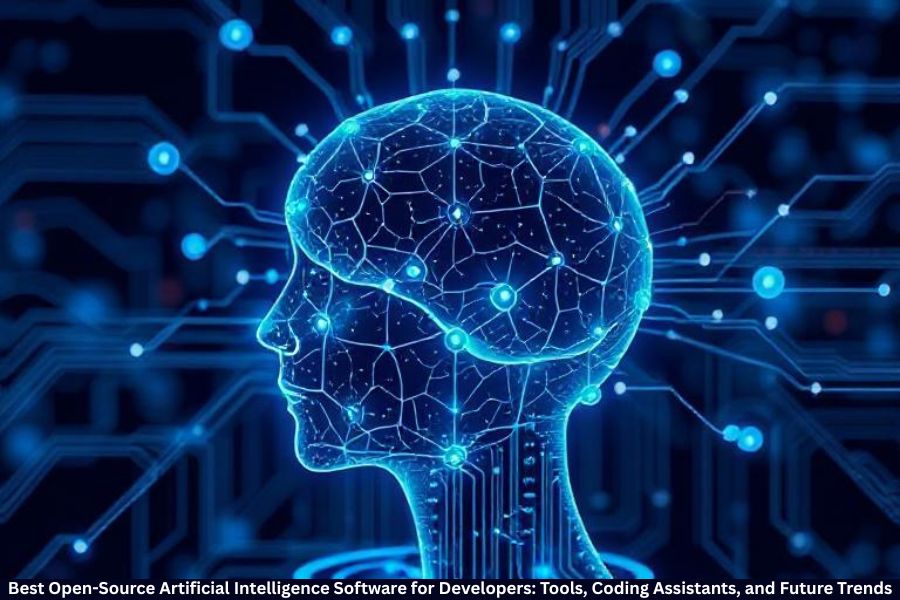The machine learning (ML) is everywhere – whether you feel it or not. Self-driving cars navigating the roads busy by recommending their next favorite show from Netflix, ML is shaping the world around us. If you feel overwhelmed by a beginner and the discussion around the machine learning, don’t worry. ML learning may seem intimidating, but with the right roadmap, anyone can step by step.
What is machine learning?
At its core, the machine learning is about teaching the computer to learn from data without clearly programmed. Instead of writing the instruction line by line, we provide the machine with data, and it automatically detects the pattern.
- Example: When you upload photos on Google photos, it can identify faces or automatically classify images – that machine learning at work.
But do not confuse the conditions:
- Artificial Intelligence (AI): Broad Field focused on making machines “smart”.
- Machine Learning (ML): One of the most of AI where machines learn from data.
- Deep Learning (DL): A more advanced maximum of ML inspired by the human brain, often used in speech and image recognition.
Why should the beginner learn machine learning?
ML skill demand is touching the sky in industries – health, finance, retail, technology and even agriculture. For beginners, learning means:
- Better career opportunities in data science and AI.
- Practical applications such as predicting sales, creating a chatbot, or automating tasks.
- Future-proofing of your skills in a technical world.
Step 1: Create a strong foundation in mathematics
Think of mathematics as the language of machine learning. Without it, the concepts feel like a trick of magic.
- Liney algebra helps in understanding algorithms such as PCA.
Statistics and probability → is necessary to predict the results and handle uncertainty. - Calculus → Important for adaptation and training algorithms.
Do not stress – Start small and focus on the basics supporting ML concepts.
Step 2: Learn a programming language
Python is the best option for beginners. Why? It is simple, versatile, and is a huge mL ecosystem.
You will need major libraries:
- Numpy for numerical operations
- Panda → for data handling
- Matplotlib & Seborn → for data visualization
- SCIKIT-LARN → to easily apply ML algorithm
Step 3: Understand Data Handling
Machine is nothing without learning data.
- Learn to collect data from CSV files, API or database.
- Understand data cleaning (removing duplicate, handling missing values).
- Be comfortable with searching data analysis (EDA) to identify patterns.
Step 4: Know the concepts of machine learning
This is where the fun begins.
- Supervised Learning → algorithm learn from labeled data (eg, spam detection).
- Unsuppied learning → find hidden patterns in algorithm data (eg, customer division).
- General algorithms you will face:
- linear regression
- logistic regression
- decision trees
- Known neighbor
- Random forest
Step 5: Explore machine learning tools and framework
Once you understand the basics, dive into the framework:
- SCIKIT-LARN: perfect for early-friendly and simple projects.
- Tensorflow & Pytorch: Used for more advanced, intensive teaching applications.
Step 6: Work on Projects
The principle is good, but the projects make you stand out.
Initial-friendly project ideas:
- Home prices
- Film recommendation system
- Spam email classifier
- Stock price prediction
Step 7: Learn from online resources
Thankfully, learning ML is not expensive.
Best Free Course:
- Andrew NG’s Machine Learning Course (Courtra)
- Google’s machine learning crash course
- Kaggal Micro-Tears
YouTube channel worthy of check out:
- Stadex
- Statuest with Josh Stmper
- Krish Naik
Step 8: Read books on machine learning
Books give you structured knowledge. Great options include:
- Hands-on machine learning with Scikit-LARN, Keras, and Tensorflow by aurleien Géron
- Christopher M. Pattern recognition and machine learning by bishop
Step 9: Join ML communities
Learning is sharp when you are not alone. Join groups:
- Reddit (R/Machinelearning, R/Datascience)
- Discussions
- LinkedIn ML Group
Step 10: Practice with Kagal competitions
Kagal ML is like the playground of learners. It gives you datasets, challenges and exposure for real -world ML problems. Start with early competitions to gain confidence.
Common mistakes make beginners
- Dive into deep learning
- Ignoring data preprosying (poor data = poor model)
- Spending too much time on theory is not enough on the project
ML Future Teaching Paths for Enthusiasts
Once you mastered the basic things, you can find out the advanced areas:
- Deep education → nerve network for image and lesson data
- Natural Language Processing (NLP) → Chatbot, Bhavna Analysis
- Computer Vision → Image Recognition, Self-Driving Cars
- Learning reinforcement → algorithms that learn through test and error
conclusion
Learning a learning machine as a beginning may have a feeling of climbing a mountain, but every step creates your skills. Start with mathematics, learn python, handle data, explore ML concepts and practice with real projects. With stability, curiosity and patience, you will not only understand ML but also use it to create impactful solutions.
FAQs
Do I need a degree to learn machine learning?
No, you can start without a degree. Online resources and self-study are enough to begin.
How long does it take to learn machine learning as a beginner?
On average, 6–12 months of consistent learning and practice can make you job-ready.
Can I learn ML without coding?
Some tools allow no-code ML, but coding (especially Python) gives you more flexibility and control.
What’s the best first project for a beginner?
Start with simple datasets like predicting house prices or classifying spam emails.
Is machine learning hard to learn?
It can be challenging at first, but breaking it into small steps makes it manageable.


